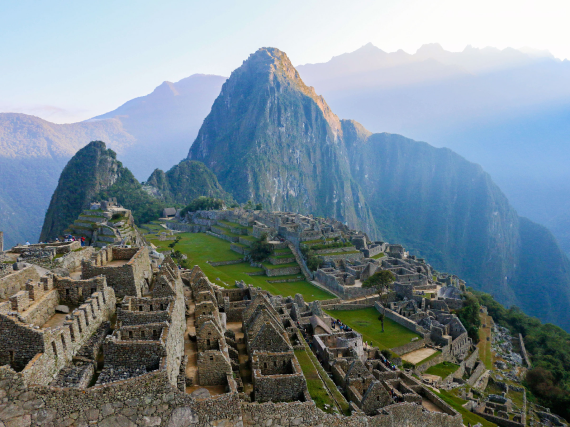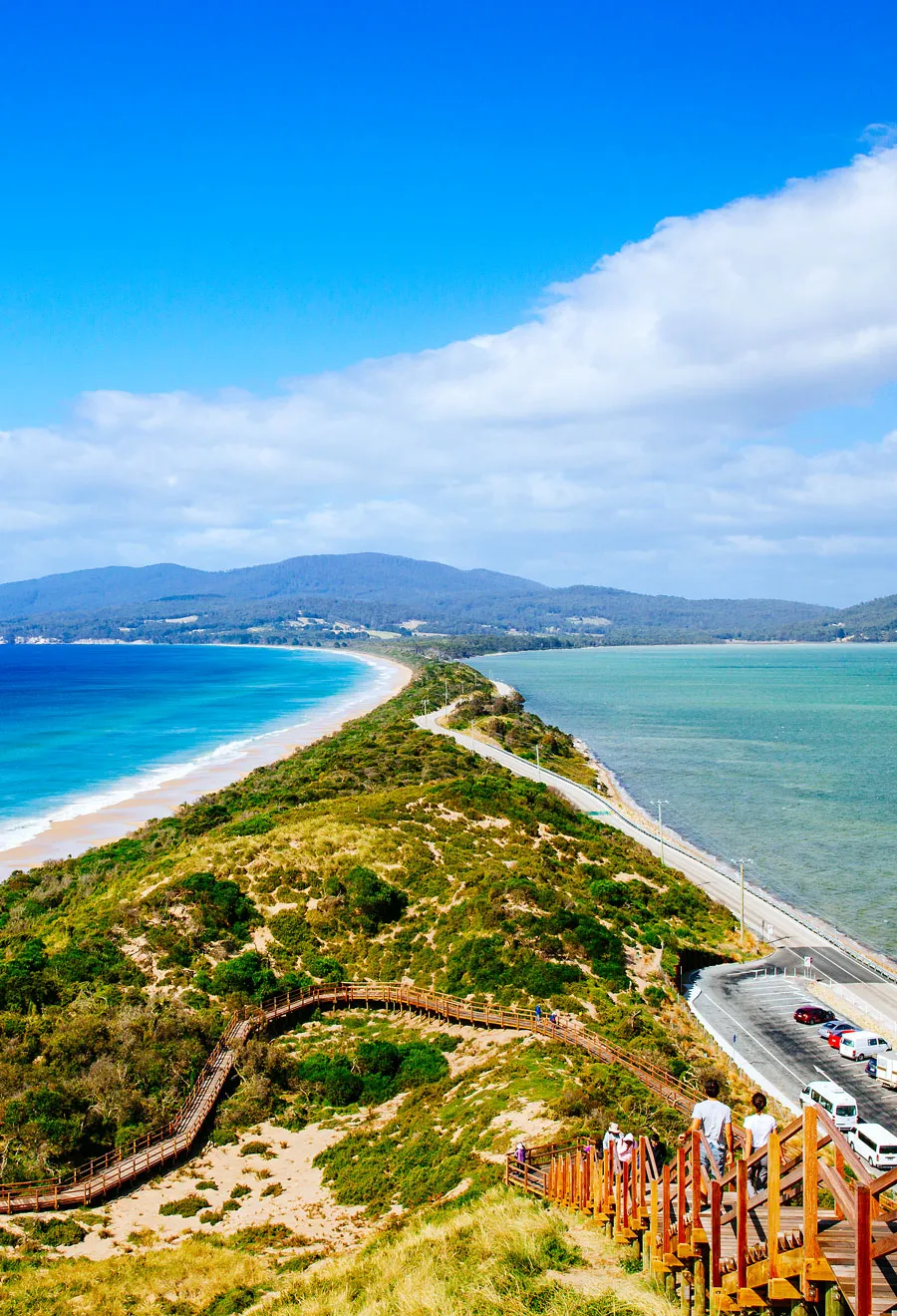When looking at a map of the globe, it’s difficult to appreciate just how many islands exist around the world. Beyond the more obvious ones, such as Greenland (the world’s largest island), countless smaller islands are scattered across the planet. Even geographers have struggled to come to a consensus on the exact number of islands on Earth, though we do have relatively accurate surveys for certain nations. Below, discover the 10 countries with the most islands, some of which are home to hundreds of thousands within their borders.
10. The Philippines
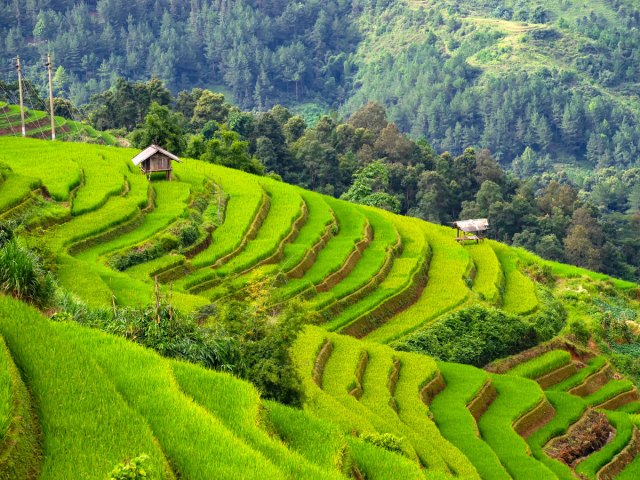
Number of islands: 7,641
The archipelagic nation of the Philippines comprises 7,641 islands, roughly 2,000 of which are inhabited. Luzon — the largest island in the country with an area of 42,458 square miles — is home to Manila, the capital and most populous city in the Philippines, along with many stunning UNESCO World Heritage Sites, including the Mayon Volcano and the rice terraces of the Cordillera mountain range. The second-largest Philippine island is Mindanao, which contains the tallest mountain in the Philippines, 9,692-foot Mount Apo. The Visayan Islands also contain Cebu, Panay, and several more well-known tourist spots.
9. Australia
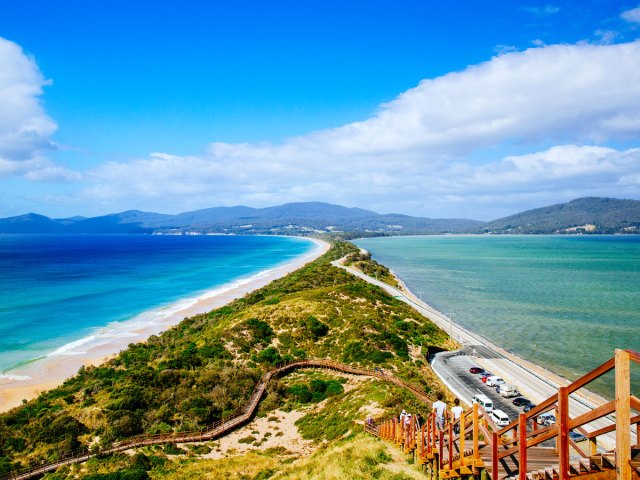
Number of islands: 8,222
According to statistics provided by the Australian government, the Land Down Under is home to 8,222 islands. Western Australia has the most islands of any Australian state, with 3,747, but the biggest island in Oz is the state of Tasmania, which measures 26,410 square miles and sits off the country’s southeastern coast, some 155 miles from the mainland. Australia’s second-biggest island is Melville Island in the Northern Territory, which is part of the Tiwi Islands. As with many of the other Tiwi Islands, the majority of permanent residents on Melville Island are of Aboriginal descent.
8. Japan
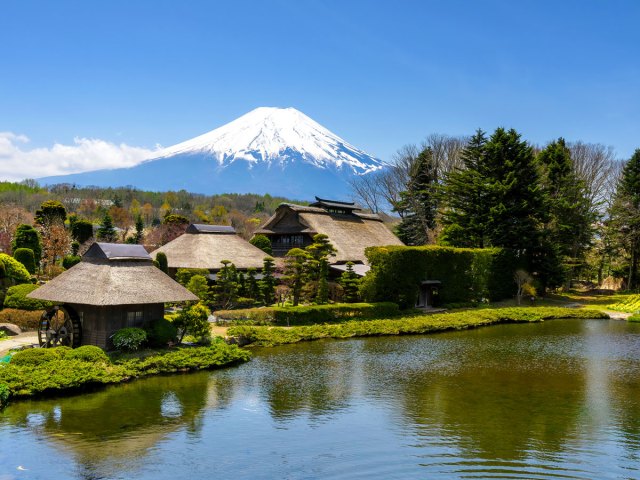
Number of islands: 14,125
An updated 2023 survey reported over 14,000 islands in Japan, more than double the previous estimate. Of those islands, 1,479 are located in the Nagasaki Prefecture, followed closely by Hokkaido with 1,473.
Japan is composed of four main islands: Hokkaido, Kyushu, Shikoku, and Honshu, the latter of which is the largest island in the country, with an area of 87,992 square miles. Honshu is also home to many of Japan’s major cities, including Tokyo and Osaka. Elsewhere, the Ogasawara Islands — located more than 620 miles south of Tokyo in the middle of the Pacific Ocean — are home to pristine beaches and some of the most sought-after snorkeling spots in Japan.
7. Indonesia
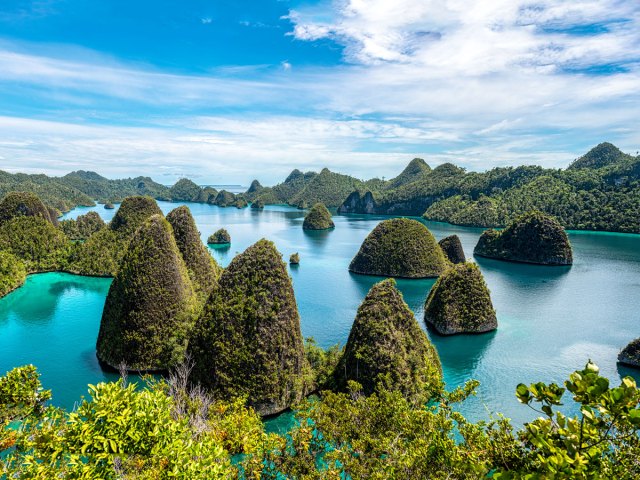
Number of islands: 17,508
Though the official figure currently lists 17,508 Indonesian islands, a 2021 census conducted from space suggests the true number may be closer to 13,558 islands. In either case, there’s no doubt that Indonesia has a lot of islands, not to mention some of the biggest ones in the world.
For example, Indonesia controls the western part of New Guinea — the world’s second-largest island — which has a total area of 317,150 square miles. Then, there’s the island of Borneo, which Indonesia co-adminsters alongside Malaysia and Brunei. At 288,869 square miles, Borneo ranks as the world’s third-largest island. Indonesia also controls Sumatra, which is the world’s sixth-largest island (171,069 square miles) and home to three UNESCO World Heritage Sites — Bukit Barisan Selatan, Kerinci Seblat, and Gunung Leuser.
6. United States of America
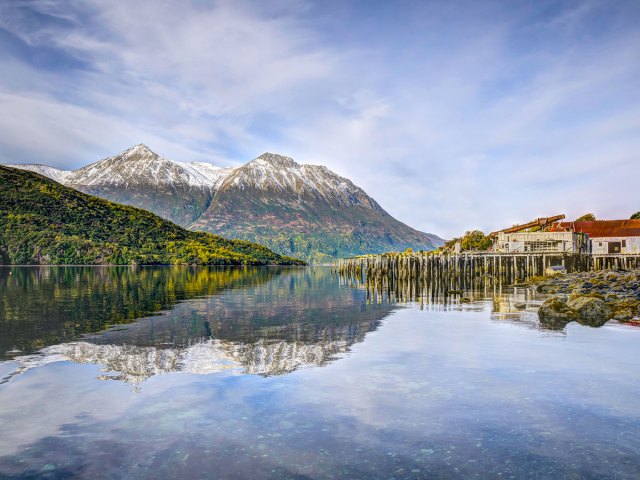
Number of islands: 18,617
Between its states and territories, the United States contains 18,617 islands. Some states are home to many more than others — for example, Maine has more than 4,600 islands along its coast, while Alaska is home to 2,670 islands. Appropriately, Hawaii’s Big Island is the largest island in the U.S., measuring 4,028 square miles. It’s closely followed by Alaska’s Kodiak Island (3,588 square miles) and the territory of Puerto Rico (3,513 square miles). The rest of the top 10 largest U.S. islands are all located in Alaska.
5. Chile
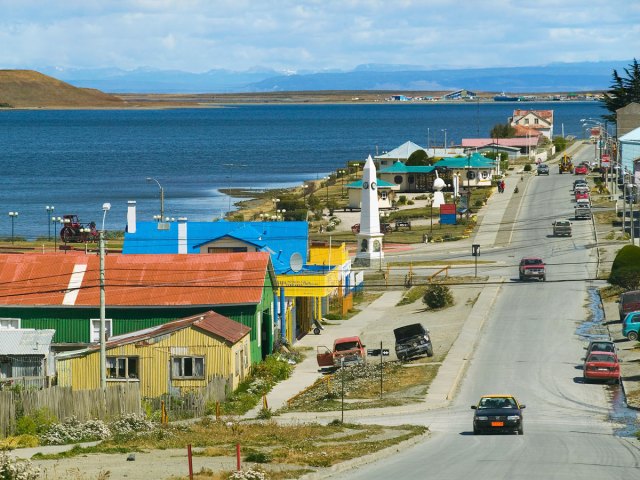
Number of islands: 43,471
In 2019, the Chilean government estimated there were 43,471 islands in the country, including 19,571 public islands and 11,078 unnamed islands at the time. The largest Chilean island is the 11,384-square-mile Isla Grande de Tierra del Fuego, which sits at the southern tip of South America and is shared with neighboring Argentina. The largest island solely controlled by Chile is Chiloé (3,241 square miles). This pristine expanse is home to a namesake national park and majestic marine life such as blue whales, Chilean dolphins, and Humboldt penguins.
4. Canada
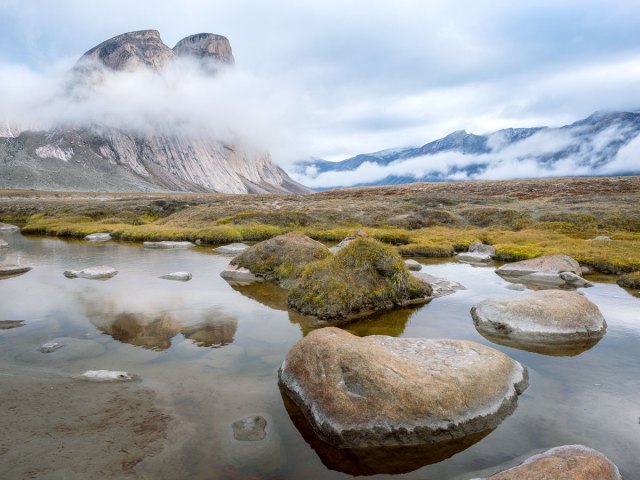
Number of islands: 52,455
Canada has the longest coastline of any country, in part thanks to the 52,455 islands located within Canadian territory. The country is also home to three of the 10 largest islands on the planet. The biggest is Baffin Island, which measures 195,928 square miles (ranking fifth globally) and is located in the far north Nunavut territory. Baffin is home to Auyuittuq National Park, which became Canada’s first national park located above the Arctic Circle in 1972. Canada’s second-largest island is Victoria Island (83,896 square miles), which is split between the Northwest Territories and Nunavut. Last but not least is Ellesmere Island, encompassing 75,767 square miles within the Arctic Archipelago.
3. Finland
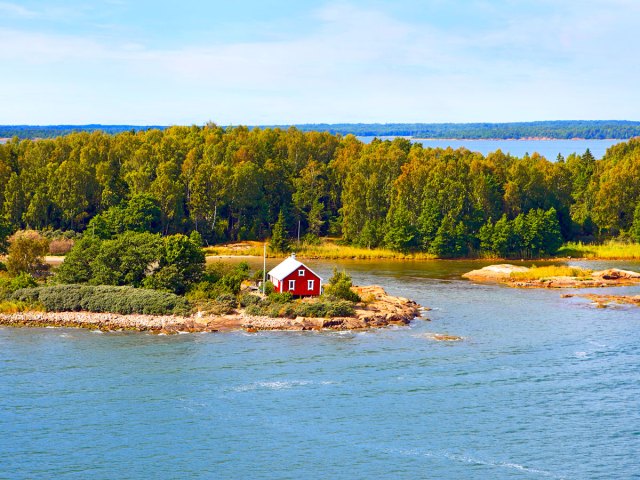
Number of islands: 178,947
According to statistics provided by Finland’s Ministry of Employment and the Economy, this Nordic nation contains 178,947 islands. However, due to frigid weather and isolated geography, a mere 549 of these islands are inhabited year-round. The Åland Islands, located in southwest Finland about 25 miles away from Sweden, are popular with tourists. With around 6,500 uninhabited islands and 35 inhabited ones, they offer some of the sunniest climates in northern Europe.
2. Norway
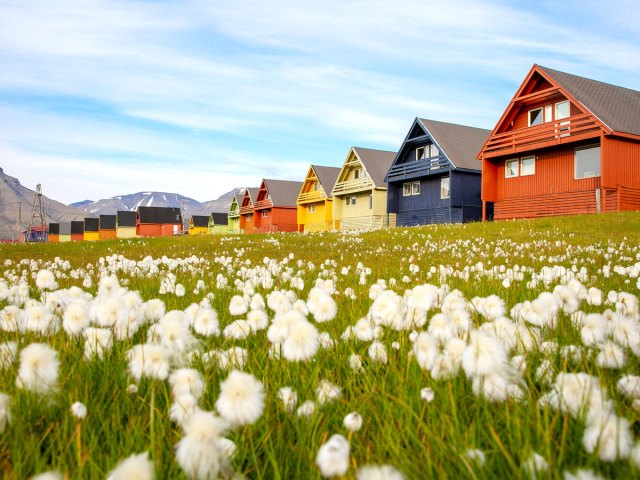
Number of islands: 239,057
While there are nearly 240,000 islands in Norway, there are an additional 81,192 skerries, which are small rocky isles that are considered too tiny for habitation. The largest Norwegian island is Spitsbergen, with an area of 14,545 square miles. Spitsbergen is part of the Svalbard archipelago, which is made up of nine main islands plus many smaller ones. During winter in Svalbard, you’ll experience “Polar Night,” a period of continuous darkness that produces ideal conditions to gaze upon the northern lights.
1. Sweden
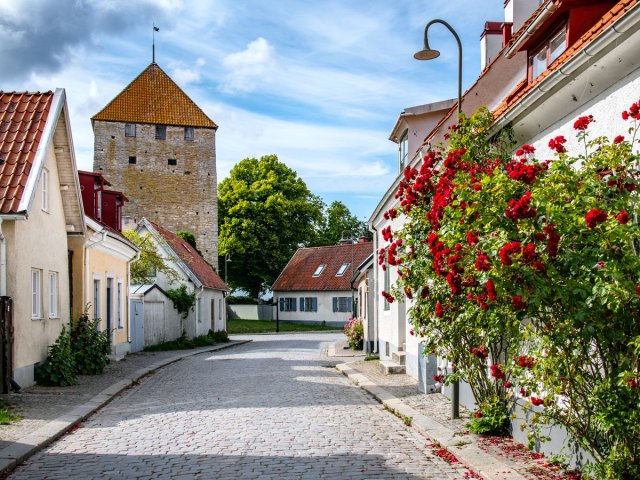
Number of islands: 267,570
The country with the most islands is Sweden, though only 984 of its 260,000-plus islands are inhabited. The islands also make up less than 3% of the country’s overall landmass. Gotland — a 1,156-square-mile island located in the Baltic Sea off Sweden’s southeast coast — is the country’s largest island. Closer to the coast is Öland, Sweden’s second-largest island (520 square miles). It’s also worth venturing up to northern Sweden to the Bothnian Bay archipelago, where you’ll find over 4,000 pristine islands with dense forests, sandy beaches, and clear skies to view the northern lights.
More from our network
Daily Passport is part of Inbox Studio, which publishes content that uplifts, informs, and inspires.

